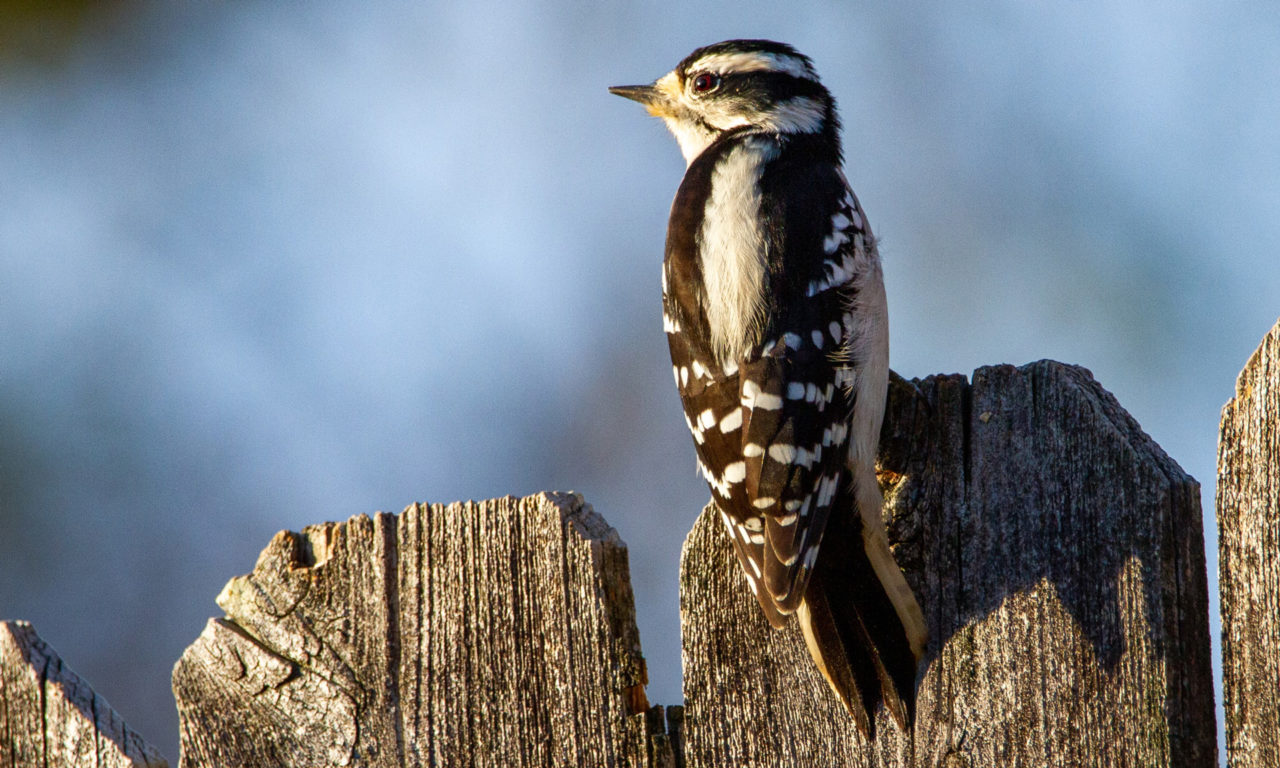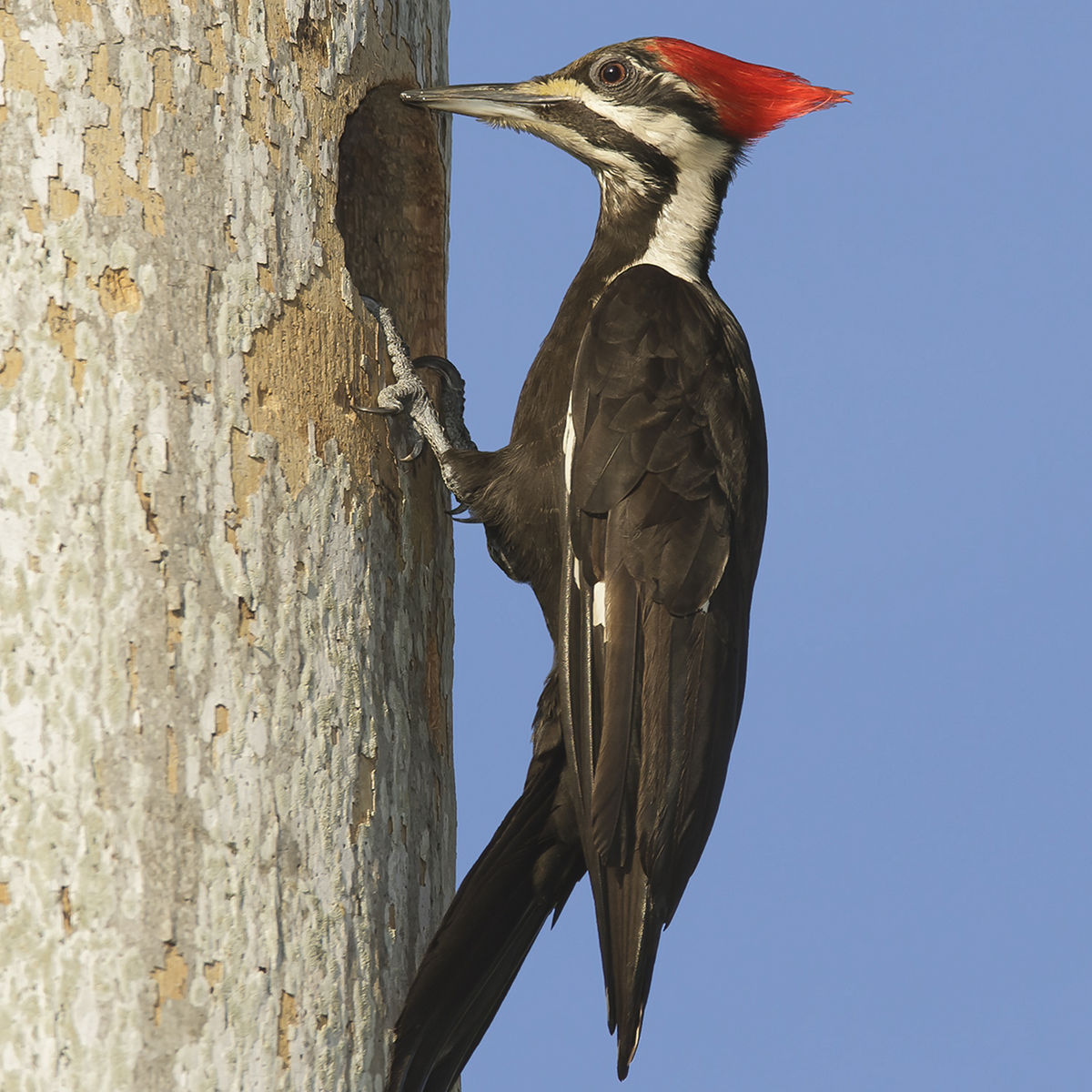Woodpeckers in Florida Populace: Species Overview and Preservation
Woodpeckers in Florida Populace: Species Overview and Preservation
Blog Article
Discover the Fascinating Globe of Woodpeckers: Whatever You Need to Know
The globe of woodpeckers is a realm filled with distinct habits, detailed adaptations, and a varied range of varieties. From their environments and circulation patterns to their feeding behaviors and specialized anatomical features, woodpeckers have long astounded the passion of ornithologists and nature lovers alike.
Woodpecker Habitats and Distribution
Woodpeckers populate a diverse variety of atmospheres worldwide, showcasing adaptability in their distribution patterns. These resilient birds are located in woodlands, woodlands, savannas, and deserts across different continents, showing their capability to grow in various weather problems. In North America, for instance, woodpeckers can be found in both coniferous and deciduous woodlands, using their solid beaks to forage for bugs and create nesting dental caries in trees. Likewise, in Africa, specific woodpecker species have actually adapted to arid environments, such as the acacia woodlands, where they play an essential duty in regulating insect populations.

Feeding Behaviors and Diet Plan
Woodpeckers use their strong beaks to pierce into the bark of trees, probing for pests and larvae hidden beneath the surface. In enhancement to pests, woodpeckers also eat nuts, seeds, fruits, and sap.
Woodpeckers are understood for their drumming behavior, which offers not just to interact with other woodpeckers but likewise to find food. The rapid drumming sound is created by the bird pecking on resonant surfaces like dead trees or metal poles. This habits can attract pests hidden in the wood, enabling the woodpecker to detect their existence and feed on them.
One-of-a-kind Adjustments for Tree Climbing
In their proficient search of insects concealed within tree bark, woodpeckers have actually progressed amazing physiological functions that equip them with distinct adaptations for effective tree climbing. Woodpeckers have strong neck muscular tissues and a distinct skull structure that take in the effect of continuous pecking, enabling them to climb vertically without causing damage to their minds. These adaptations display the incredible transformative layout that allows woodpeckers to navigate trees with precision and efficiency.
Diverse Woodpecker Species Worldwide
With over 200 different varieties spread throughout various habitats worldwide, the household of Picidae encompasses an impressive variety of woodpeckers. These birds can be located in forests, timberlands, savannas, and also urban areas, showcasing their flexibility to different environments. From the legendary Northern Flicker in North America to the colorful and evasive Crimson-backed Flameback in Asia, each woodpecker varieties displays special qualities in terms of plumage, behavior, and habitat choice.
Woodpeckers vary considerably in size, with the diminutive Downy Woodpecker determining around 6-7 inches in length, while the powerful Lineated Woodpecker can rise to 17 inches - Woodpeckers in Florida. Their beaks also find more info come in different sizes and shapes, mirroring their feeding routines. Some varieties focus on extracting insects from tree bark, like the Acorn Woodpecker, while others, such as the Black-cheeked Woodpecker, eat fruits and seeds

Conservation Initiatives and Difficulties
Conservation initiatives for woodpecker populations are essential in mitigating the impact of environment loss and other dangers dealing with these diverse avian species. Woodpeckers encounter various difficulties to their survival, mainly because of logging, urbanization, environment change, and intrusive types. To deal with these concerns, conservation initiatives concentrate on protecting and bring back woodpecker habitats, executing lasting forestry techniques, and increasing recognition concerning the value of these birds in environments.
One significant challenge in woodpecker conservation is the fragmentation of their habitats, resulting in isolated populaces that are much more prone to termination - Woodpeckers in Florida. Guardians work to create wildlife hallways and protected areas that link these fragmented environments, allowing woodpeckers to move in between different locations for feeding, breeding, and shelter

Verdict
In conclusion, woodpeckers are remarkable birds with unique adaptations for tree climbing and feeding behaviors. They can be discovered in diverse habitats worldwide, encountering conservation difficulties due to habitat loss and More Help human tasks. Comprehending their environments, diet regimens, and actions is crucial for preservation initiatives to protect these crucial bird species. Additional research and conservation actions are required to guarantee the survival of woodpeckers in the wild.
Report this page